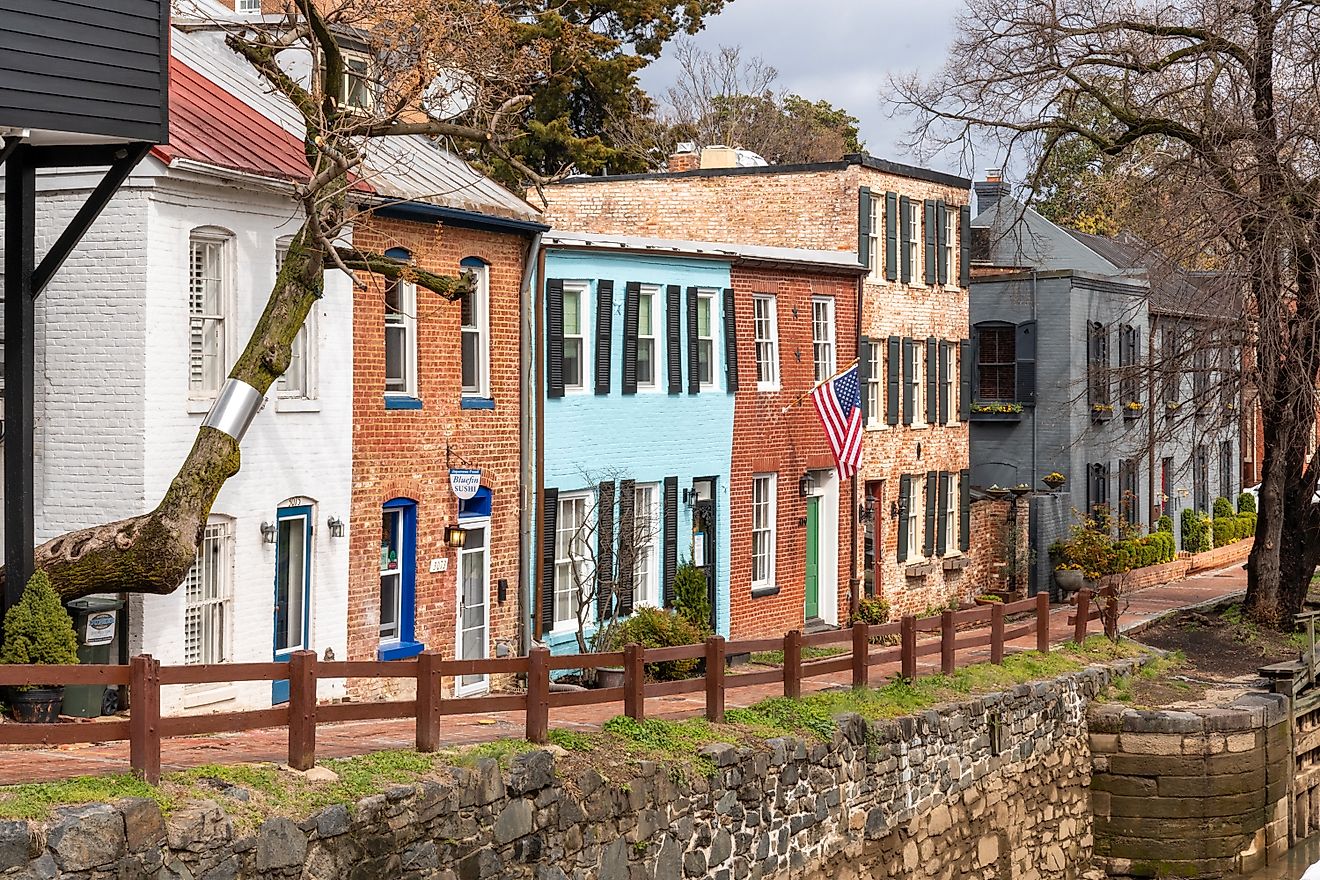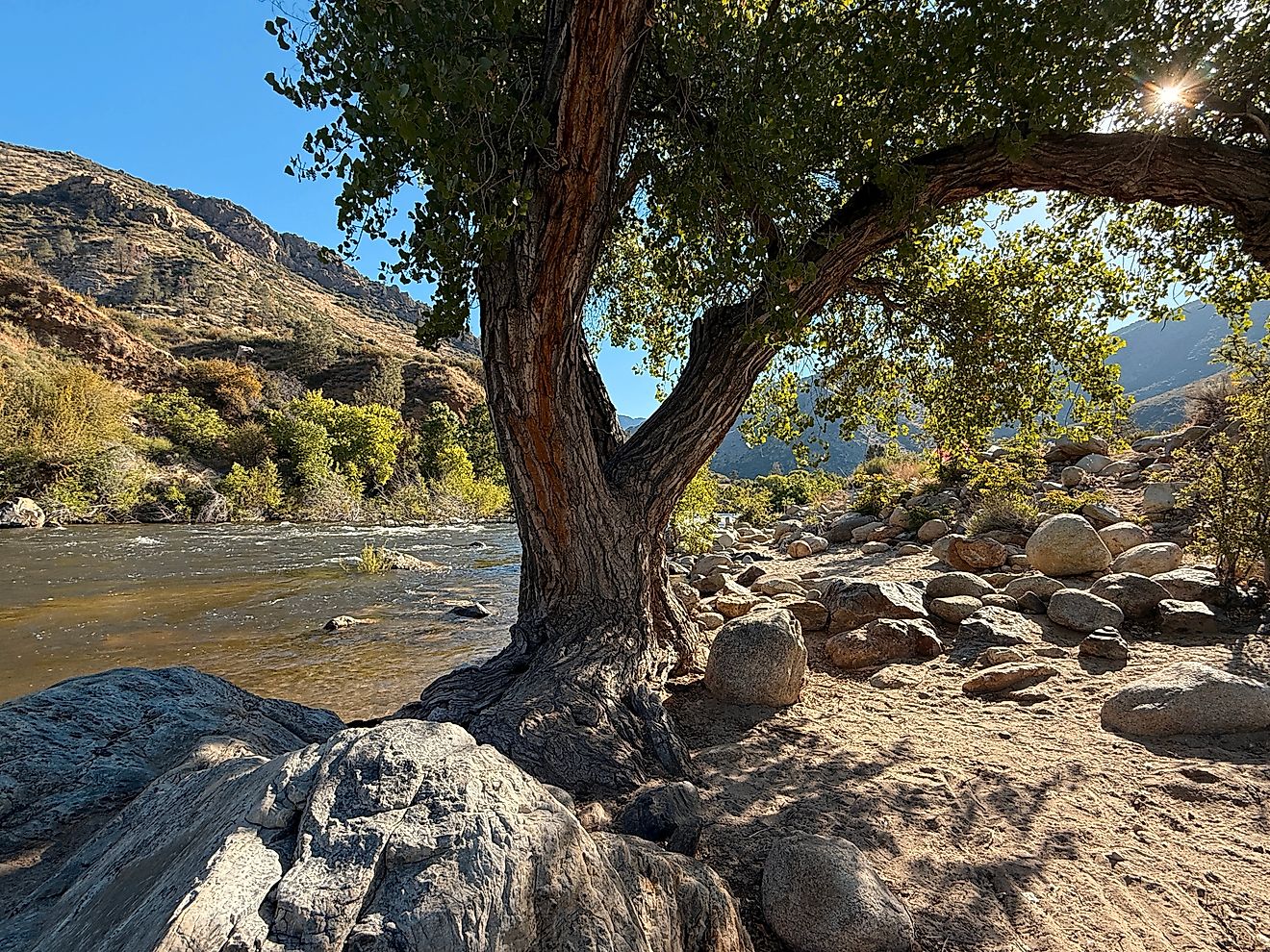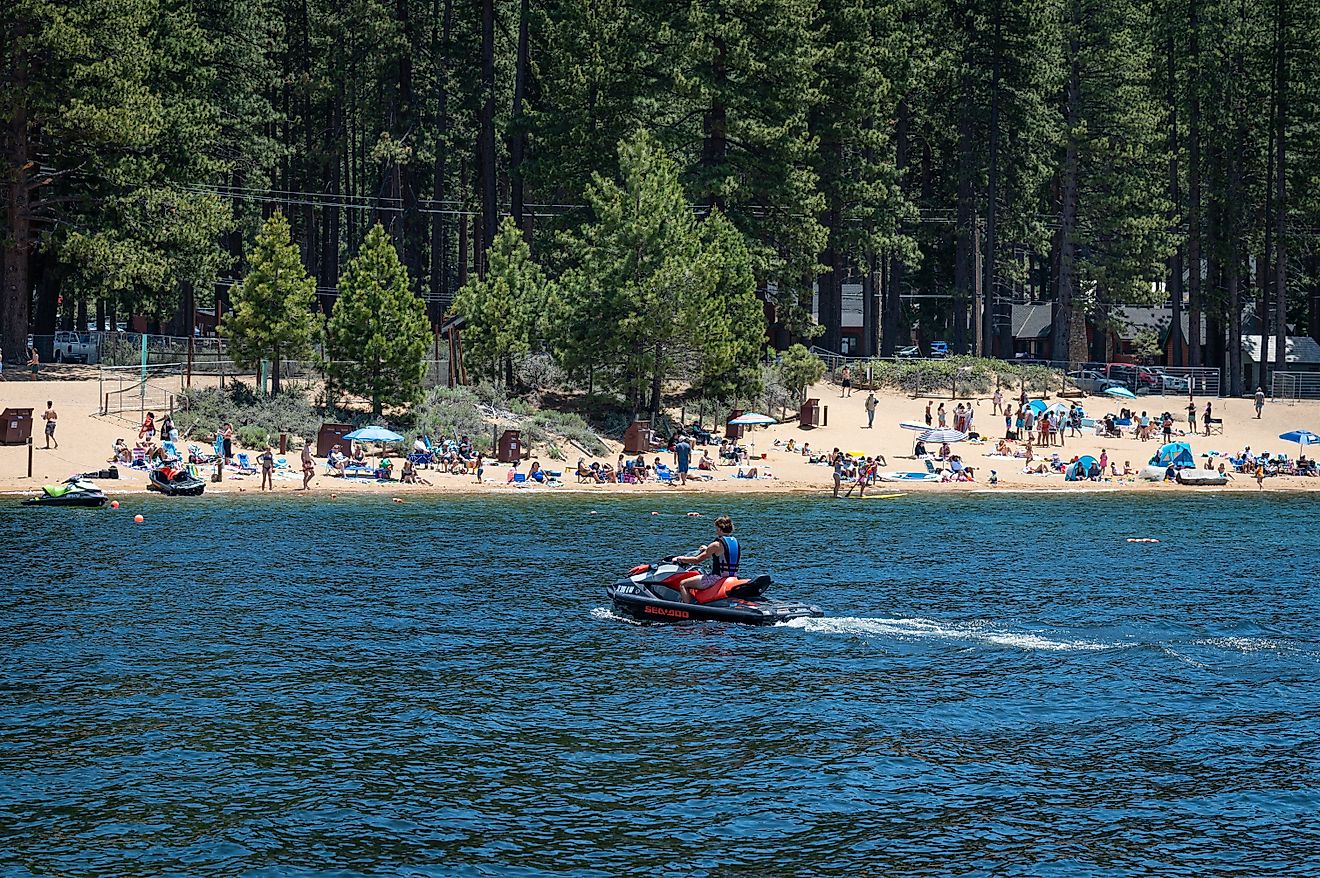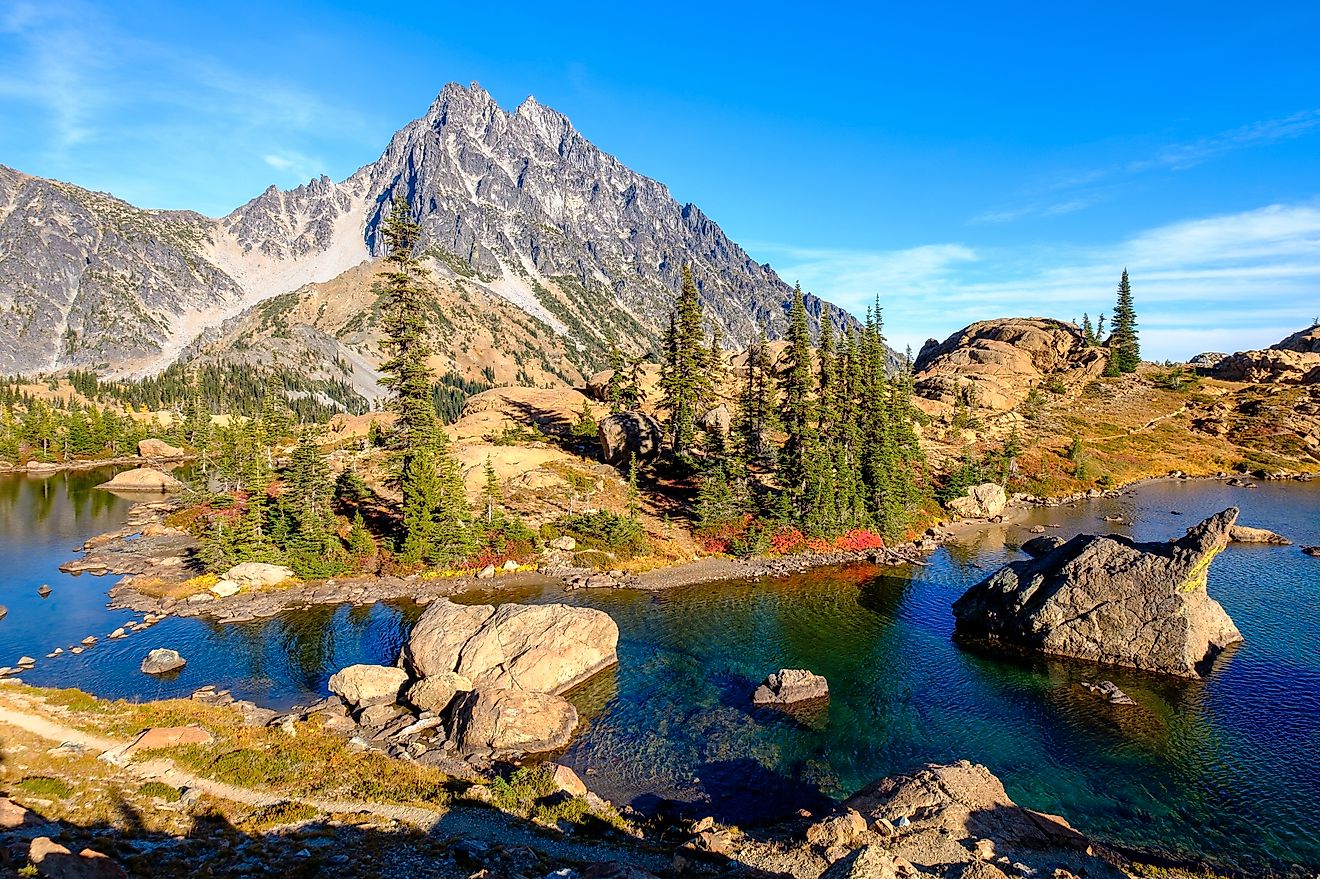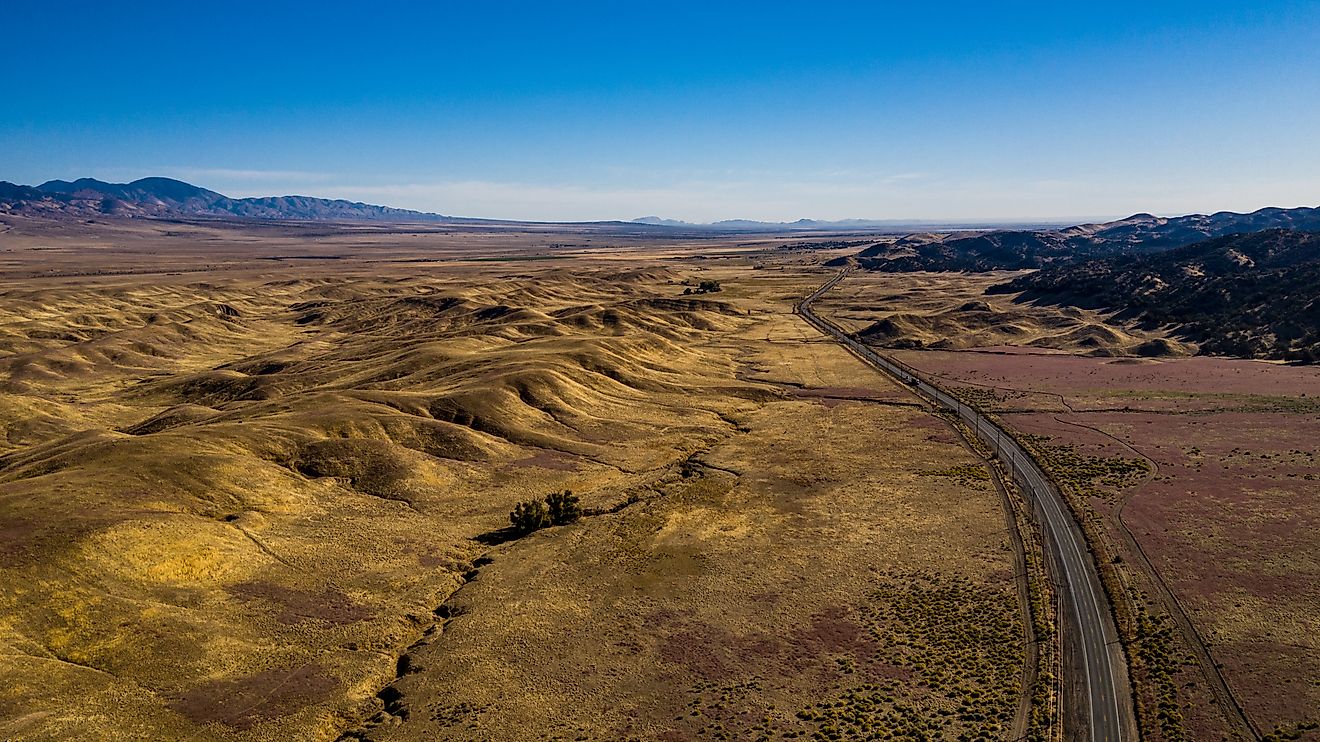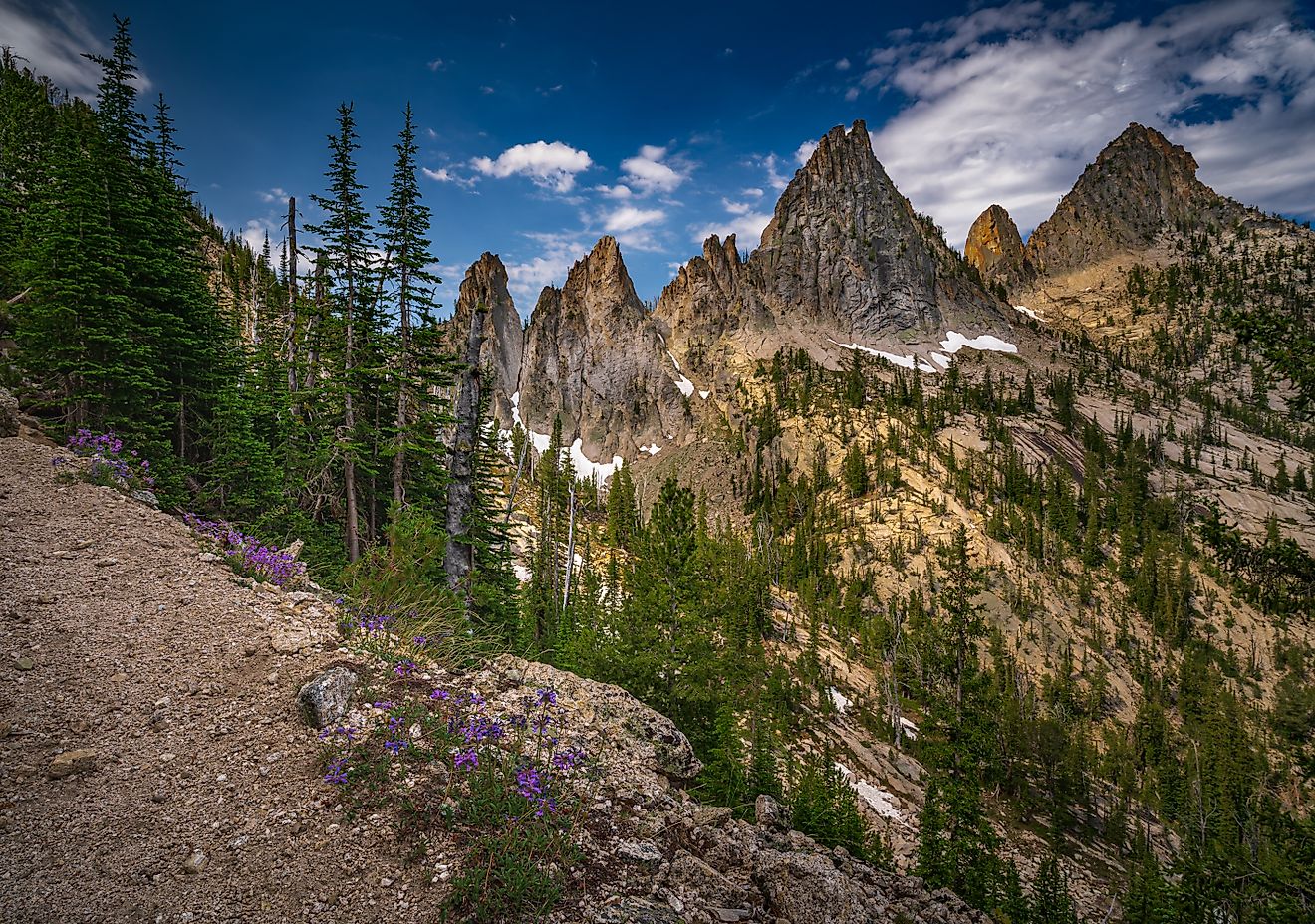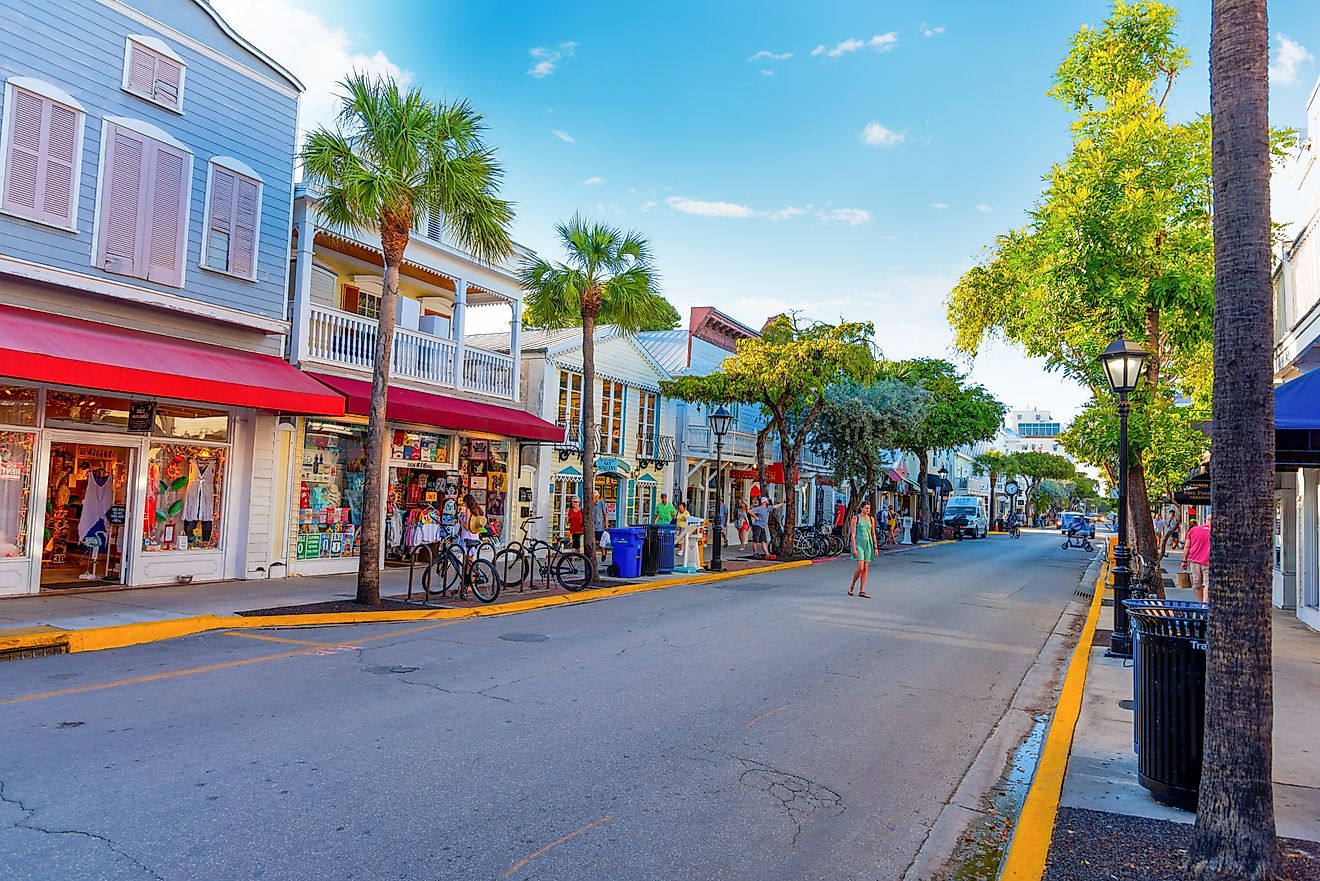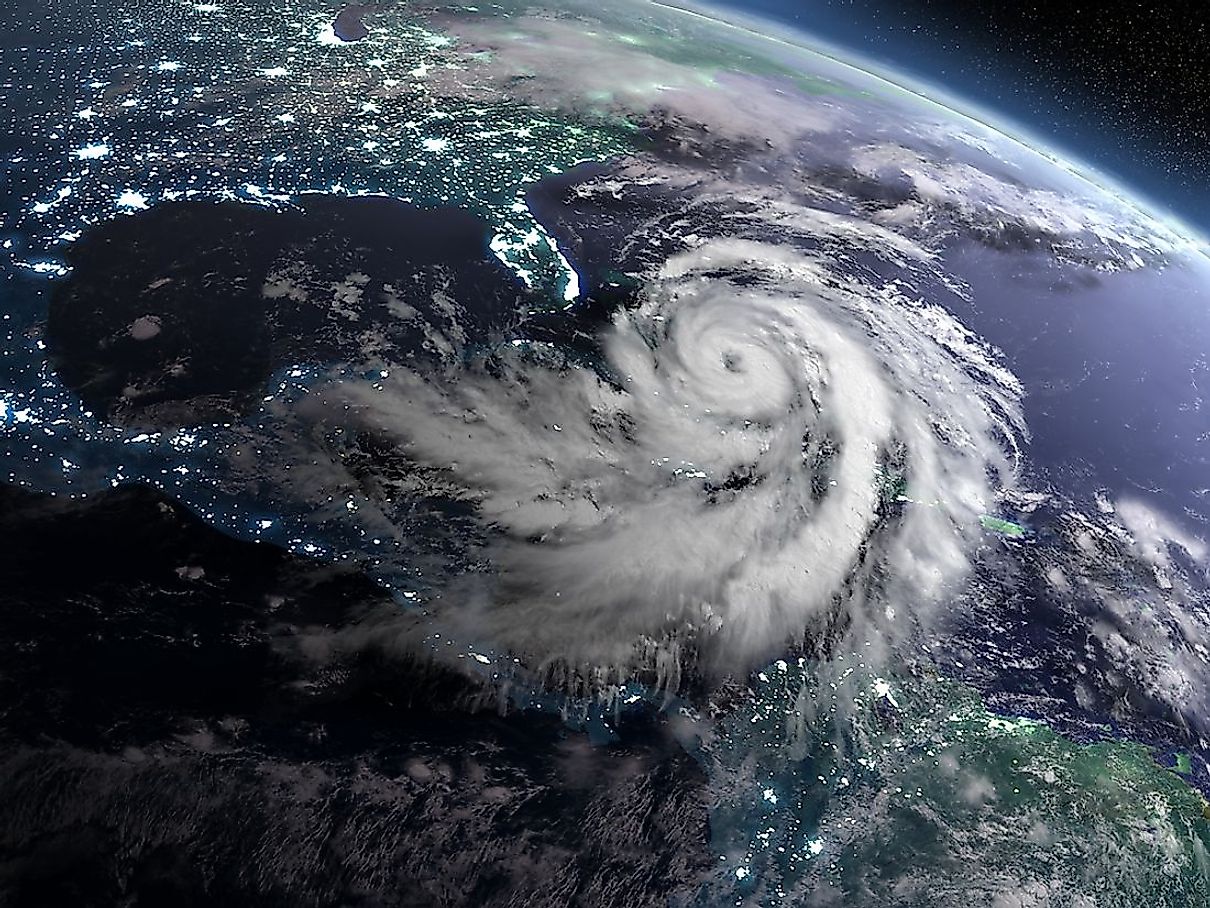
The US States Most Prone to Natural Disasters
In the vast expanse of the United States, the specter of natural disasters looms large, leaving indelible marks on landscapes and livelihoods alike. The year 2017 alone witnessed the Federal Government grappling with an unprecedented $306 billion in damages from nature's fury, underscoring the profound impact of such calamities. From the relentless force of hurricanes to the unpredictable fury of wildfires, from the swirling chaos of tornadoes to the relentless deluge of floods, these events underscore the intricate dance between human habitation and the ever-changing forces of the natural world. Yet, amid this turbulence, emerges a tale of resilience and adaptation.
The Federal Emergency Management Agency (FEMA), tasked with cataloging and responding to these crises, has meticulously tracked the trajectory of such disasters since 1953. Through their data, certain states have emerged as battlegrounds against nature's onslaught, facing a disproportionate share of these calamities. Understanding the dynamics of these states not only sheds light on the diverse environmental challenges they confront but also underscores the pressing need for robust disaster management strategies in the face of an increasingly volatile climate.
The Top 5 States Most Prone to Natural Disasters
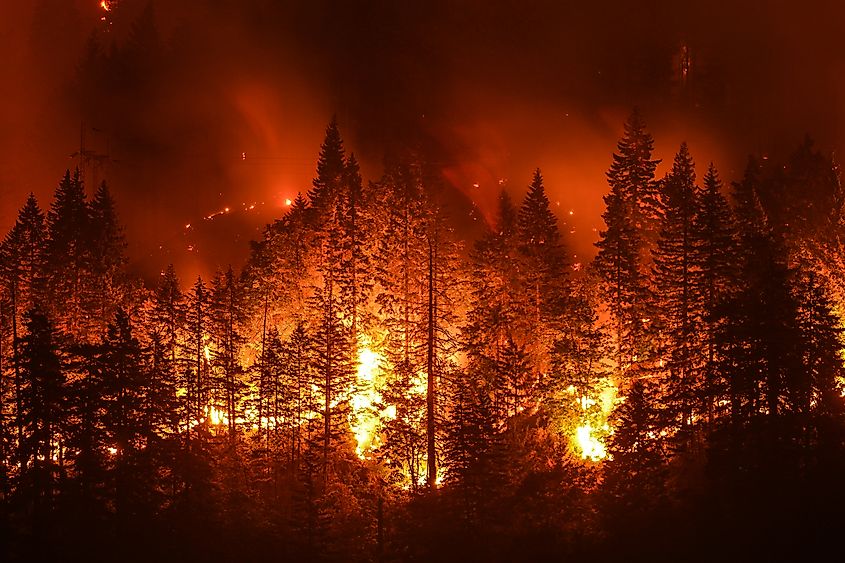
California
California stands out as the most at-risk state for natural disasters in the United States. From its position along the seismic hotspot of the San Andreas Fault to its susceptibility to devastating wildfires fueled by a Mediterranean climate, the Golden State faces a myriad of environmental challenges. Additionally, its diverse terrain and extensive coastline make it vulnerable to floods, mudslides, and coastal erosion. Despite these threats, California has implemented robust disaster preparedness measures, including early warning systems, stringent building codes, and wildfire prevention initiatives, to mitigate the impact of such calamities on its residents and infrastructure.
Texas
Texas, ranking among the most disaster-prone states in the US, contends with a wide spectrum of natural hazards. From the Gulf Coast's hurricane fury to the relentless onslaught of tornadoes sweeping across its vast plains, the Lone Star State faces an array of environmental challenges. Moreover, Texas grapples with the risk of wildfires, flooding, and severe thunderstorms, each posing significant threats to communities and infrastructure. Despite the daunting landscape, Texas has implemented comprehensive disaster management strategies, including emergency response plans, evacuation procedures, and infrastructure fortification, to mitigate the impact of these disasters and safeguard its residents.
Oklahoma
Oklahoma, positioned within the infamous "tornado alley," ranks among the most disaster-prone states in the US. Its central location and flat terrain create ideal conditions for the formation of tornadoes, which pose a constant threat to communities. In addition to tornadoes, Oklahoma has experienced a surge in seismic activity in recent years, with earthquakes becoming increasingly frequent and intense. These tremors, attributed to wastewater disposal from oil extraction, add another layer of complexity to the state's disaster profile. Despite these challenges, Oklahoma has implemented proactive measures, including advanced warning systems and community preparedness initiatives, to enhance resilience and minimize the impact of natural disasters on its residents and infrastructure.
Washington
Washington emerges as another state grappling with a heightened susceptibility to natural disasters, ranking among the top contenders in the nation. While renowned for its lush landscapes and temperate climate, Washington confronts a diverse array of hazards. Notably, the state is characterized by its vulnerability to earthquakes, with the looming threat of the Cascadia Subduction Zone casting a shadow over the region. Additionally, Washington contends with the menace of wildfires, particularly in its eastern regions where dry conditions and strong winds fuel the flames. In recent years, the state has also witnessed an uptick in landslides and flooding, with changing weather patterns exacerbating these risks. Moreover, as a coastal state, Washington faces the looming specter of tsunamis, necessitating robust disaster preparedness measures. These challenges underscore the complex interplay between environmental factors and human habitation, emphasizing the need for proactive mitigation strategies to safeguard communities across the Evergreen State.
Florida
Florida, a coastal state renowned for its stunning beaches and vibrant ecosystems, emerges as a focal point in the landscape of natural disasters. Situated along the southeastern edge of the United States, Florida contends with an array of environmental hazards that shape its landscape and communities. Chief among these threats are hurricanes and tropical storms, which sweep across the state with devastating force, unleashing powerful winds, torrential rains, and destructive storm surges. The state's extensive coastline and low-lying terrain render it particularly susceptible to flooding and coastal erosion, amplifying the impact of these tropical weather systems. Moreover, Florida faces a constant battle against wildfires, especially during dry spells, which threaten both rural and urban areas alike. Beyond these immediate dangers, Florida also grapples with the ongoing challenge of sinkholes, as well as the occasional threat of tornadoes and severe thunderstorms. As a result, resilience and preparedness are paramount for Floridians, who must navigate a dynamic landscape shaped by the ever-changing forces of nature.
Number of Natural Disasters Per State
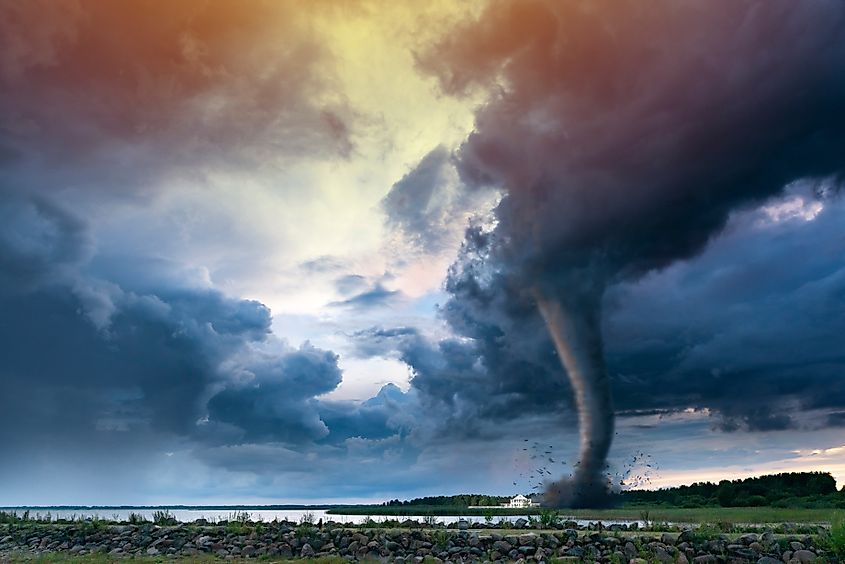
States diligently prioritize the implementation of tailored disaster preparedness measures, tailored to the specific hazards they face. These proactive measures encompass a spectrum of initiatives aimed at safeguarding the well-being of their residents. From conducting workplace and school drills to fostering stringent regulations governing construction practices, states remain vigilant in fortifying their infrastructure against potential threats.
Additionally, substantial investments are channeled into disaster relief and prevention efforts, ensuring that adequate resources are available to mitigate the impact of calamitous events and facilitate swift recovery processes. By fostering a culture of preparedness and resilience, states endeavor to enhance the safety and security of their citizens in the face of adversity.
| Rank | State | Number of Natural Disasters Since 1953 |
|---|---|---|
| 1 | California | 284 |
| 2 | Texas | 255 |
| 3 | Oklahoma | 173 |
| 4 | Washington | 136 |
| 5 | Florida | 130 |
| 6 | New York | 95 |
| 7 | New Mexico | 83 |
| 8 | Alabama | 82 |
| 9 | Colorado | 80 |
| 10 | Oregon | 79 |
| 11 | Louisiana | 79 |
| 12 | Kentucky | 74 |
| 13 | Nevada | 73 |
| 14 | Mississippi | 72 |
| 15 | Arkansas | 71 |
| 16 | Kansas | 70 |
| 17 | Missouri | 69 |
| 18 | Tennessee | 69 |
| 19 | West Virginia | 68 |
| 20 | Arizona | 68 |
| 21 | Montana | 68 |
| 22 | Georgia | 65 |
| 23 | South Dakota | 64 |
| 24 | Virginia | 64 |
| 25 | Iowa | 63 |
| 26 | Nebraska | 62 |
| 27 | Minnesota | 60 |
| 28 | Illinois | 60 |
| 29 | North Carolina | 59 |
| 30 | Pennsylvania | 59 |
| 31 | North Dakota | 58 |
| 32 | Maine | 56 |
| 33 | Alaska | 55 |
| 34 | Ohio | 54 |
| 35 | New Jersey | 50 |
| 36 | New Hampshire | 49 |
| 37 | Indiana | 48 |
| 38 | Wisconsin | 47 |
| 39 | Massachusetts | 47 |
| 40 | Vermont | 45 |
| 41 | Hawaii | 45 |
| 42 | Idaho | 44 |
| 43 | Michigan | 37 |
| 44 | Utah | 34 |
| 45 | Wyoming | 32 |
| 46 | Maryland | 32 |
| 47 | Connecticut | 31 |
| 48 | South Carolina | 30 |
| 49 | Rhode Island | 22 |
| 50 | Delaware | 21 |
